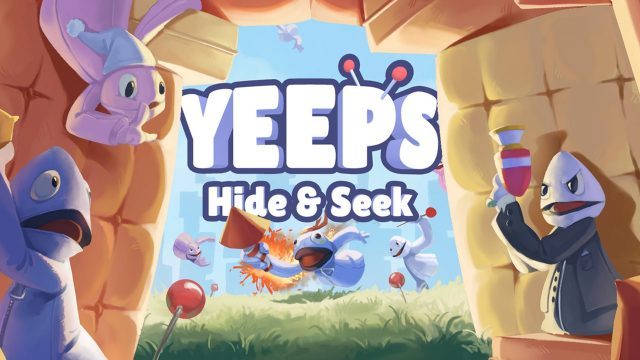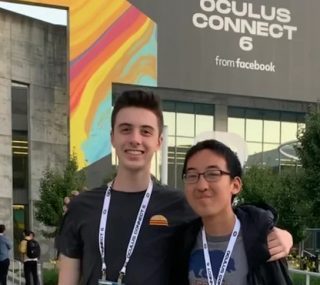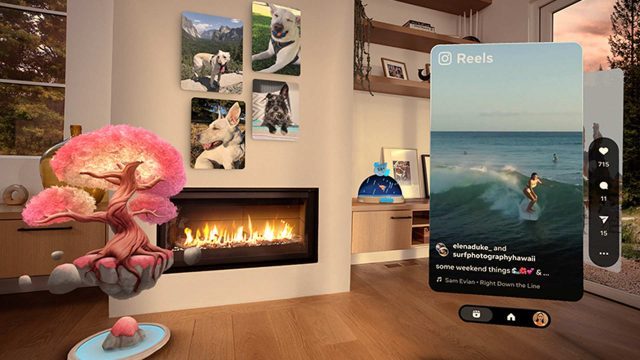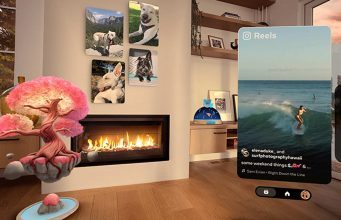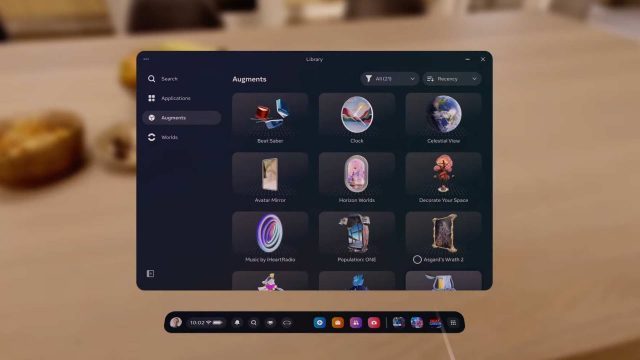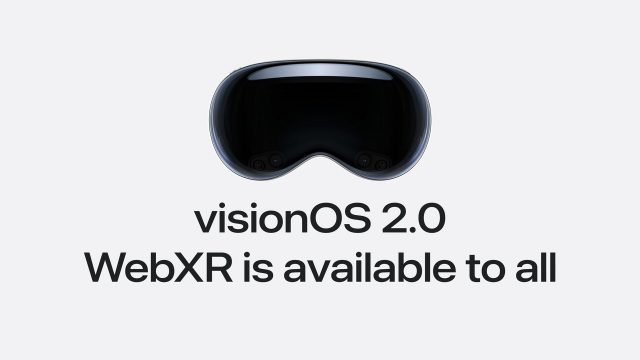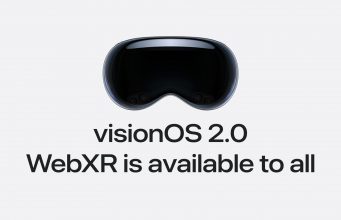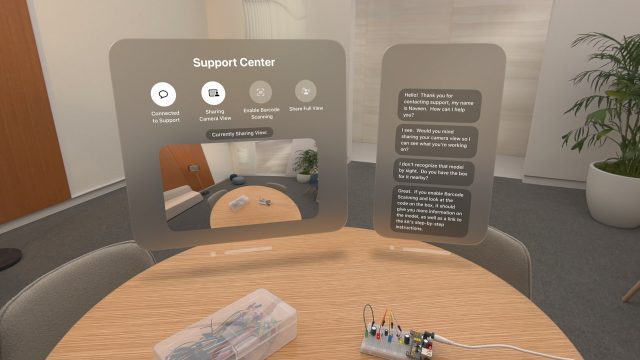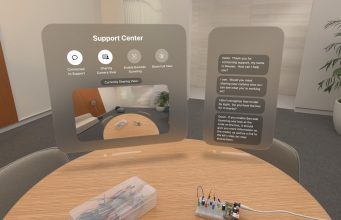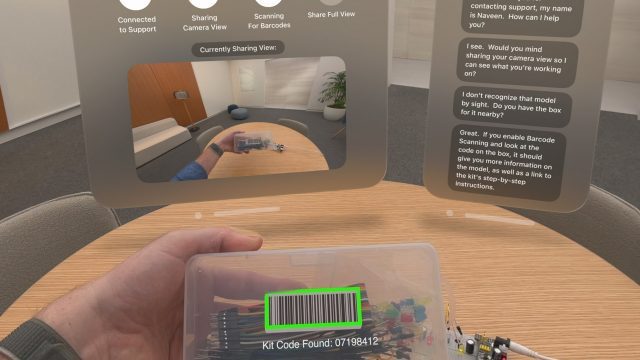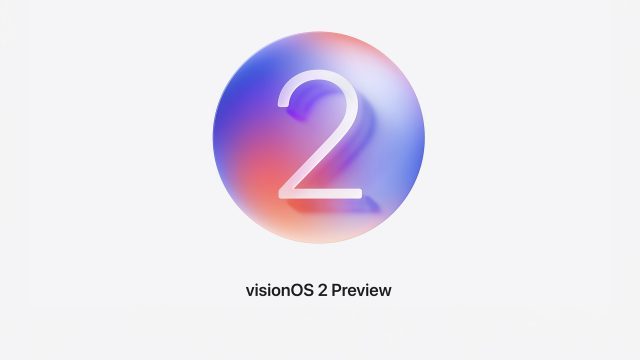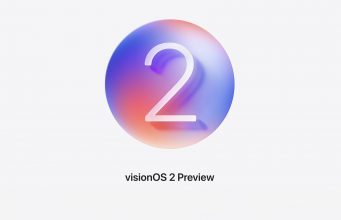Global Hackathon for Vision Pro Development, Vision Hack, Kicks Off Next Month
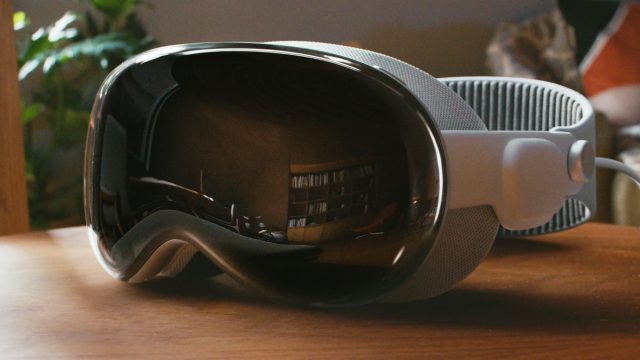
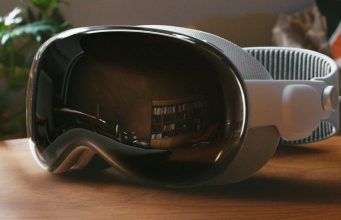
Vision Hack is a forthcoming remote hackathon for developers building apps for visionOS. Open to all skill levels, the event is set to take place September 13–15th.
Guest Article by Cosmo Scharf
Cosmo Scharf is an Emmy-nominated product designer and entrepreneur with a decade of experience in XR. He co-founded Vision Hack and visionOS Dev Partners to support visionOS developers. Previously, Scharf created MovieBot, an AI-powered 3D animation app, and Mindshow, a VR platform for animated content creation. His also started VRLA, one of the world’s largest immersive technology expos.
Imagine building the first iPhone apps in 2008. That’s where we are with visionOS today. Vision Hack is your launchpad into the new frontier of spatial computing.
Over the past decade, I’ve had the privilege of witnessing the virtual reality industry evolve from a niche technology to a transformative medium. From the early days of clunky prototypes to the sleek, powerful devices we have today, the journey has been nothing short of extraordinary. Now, with the introduction of Apple Vision Pro, we’re standing at the threshold of a new era.
As one of the organizers of Vision Hack, I’m thrilled to announce the launch of the first global visionOS hackathon. Scheduled for September 13–15th, this event represents a significant milestone in our industry’s progression. It’s an opportunity to explore and shape the future of spatial computing as Apple Vision Pro continues its global rollout.
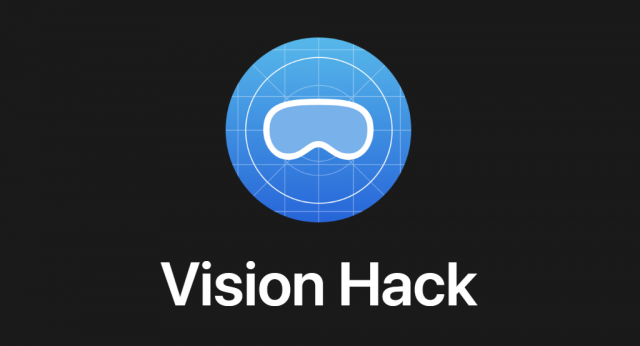 Vision Hack is designed to be a truly immersive experience. We’re encouraging teams to communicate in Vision Pro itself using spatial Personas, in addition to Discord. This approach not only showcases the device’s capabilities but also provides participants with authentic, hands-on experience in visionOS development.
Vision Hack is designed to be a truly immersive experience. We’re encouraging teams to communicate in Vision Pro itself using spatial Personas, in addition to Discord. This approach not only showcases the device’s capabilities but also provides participants with authentic, hands-on experience in visionOS development.
Our three-day program caters to both seasoned spatial computing developers and newcomers:
- Day 1: Workshops and team formation
- Day 2: Intensive development with mentorship from industry experts
- Day 3: Development, project presentations, and awards
To foster collaboration while ensuring focused development, we’ve capped team sizes at 5 people each. Understanding the global nature of our community, we’re organizing local meetups in various cities so developers can connect in person.
While we highly recommend access to a Vision Pro for the full experience, it’s not a strict requirement for participation. However, developers will need a Mac with an Apple chip to run the visionOS simulator. This setup will enable meaningful participation even without the physical device.
The organizing team brings extensive experience from major VR expos (VRLA), Metaverse hackathons, and XR startups.
As spatial computing evolves, we believe early developer engagement is crucial in building a robust ecosystem. Vision Hack aims to play a key role in nurturing the visionOS developer community, potentially influencing the trajectory of spatial computing applications.
For developers keen on exploring visionOS, Vision Hack offers a unique opportunity to dive into this emerging platform. There’s a $25 registration fee, which helps us cover some of the event costs and ensures committed participation.
For companies interested in being at the forefront of spatial computing development, we offer various sponsorship opportunities. These partnerships not only support the event but also provide sponsors with direct access to a pool of talented developers working on cutting-edge spatial computing applications.
More details, registration information, and sponsorship opportunities can be found at visionoshackathon.com. We’re excited to see the innovative projects and ideas that will emerge from this event, and we look forward to welcoming you to the next chapter of spatial computing development.
The post Global Hackathon for Vision Pro Development, Vision Hack, Kicks Off Next Month appeared first on Road to VR.
